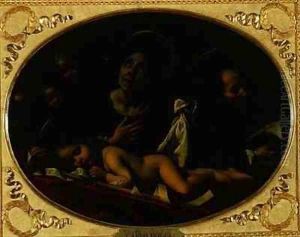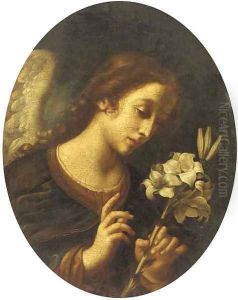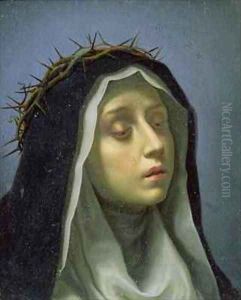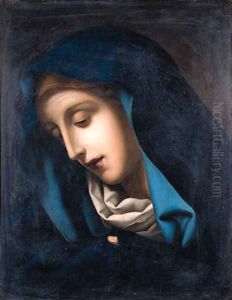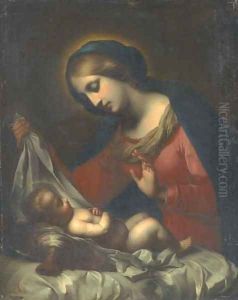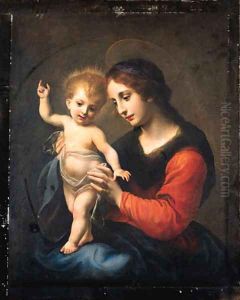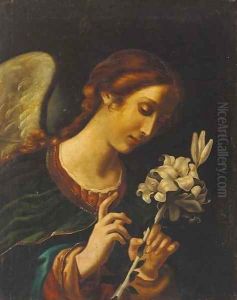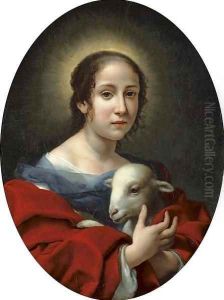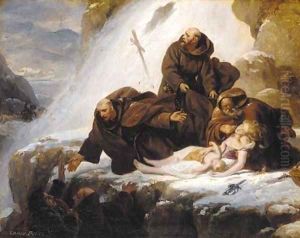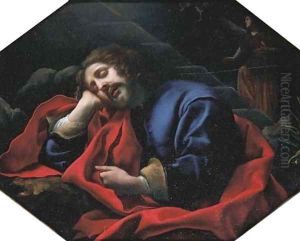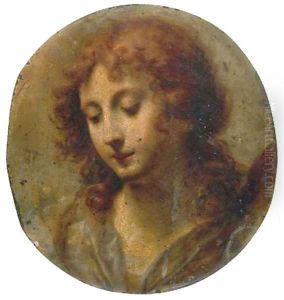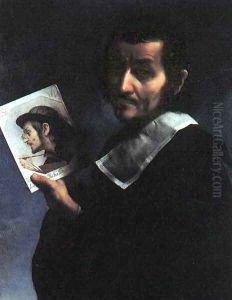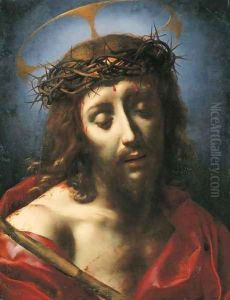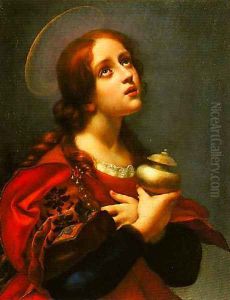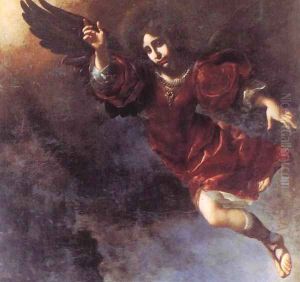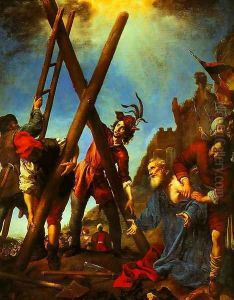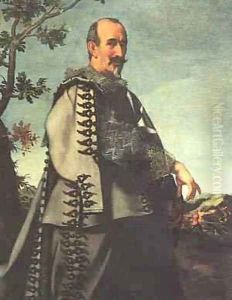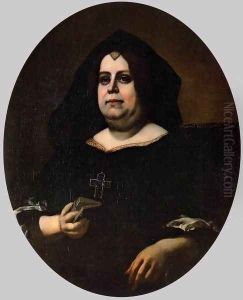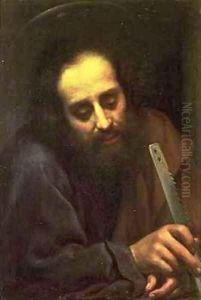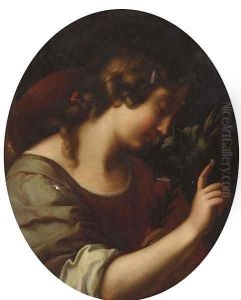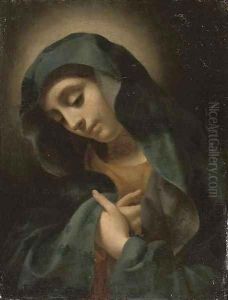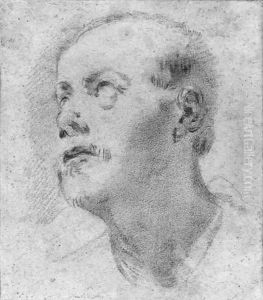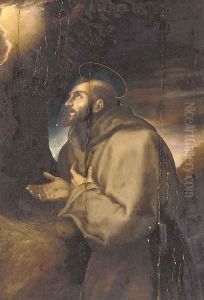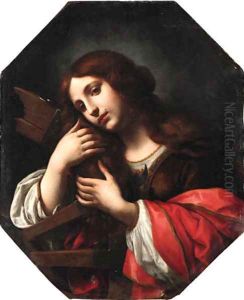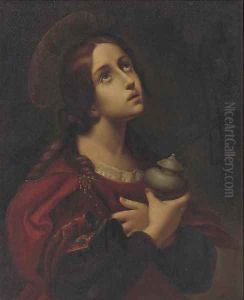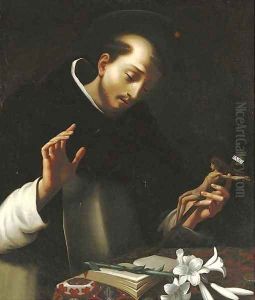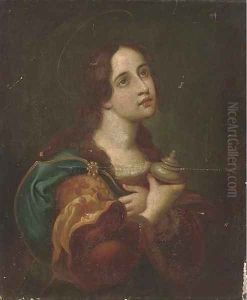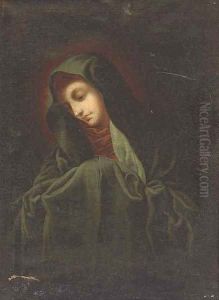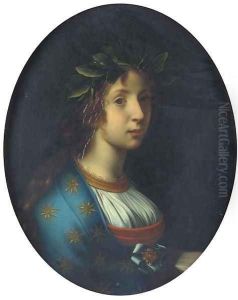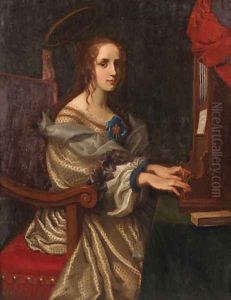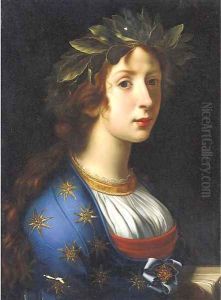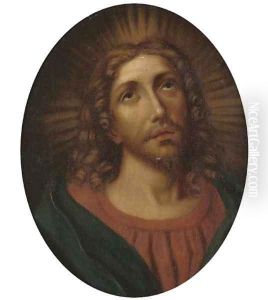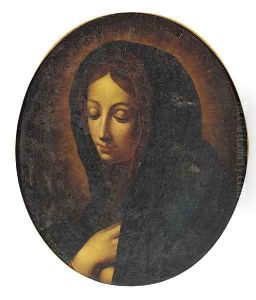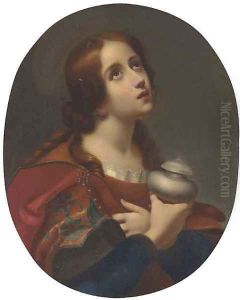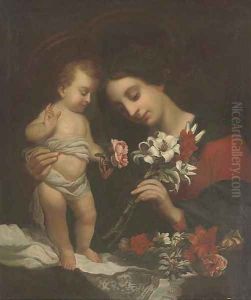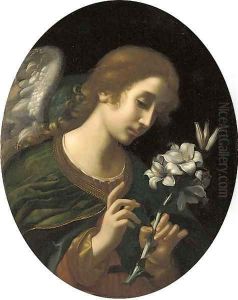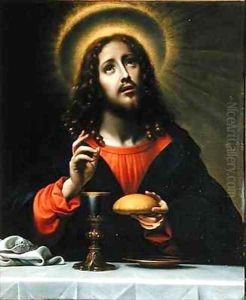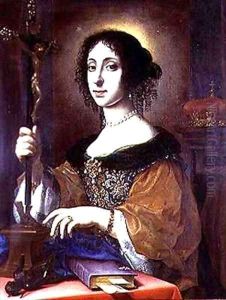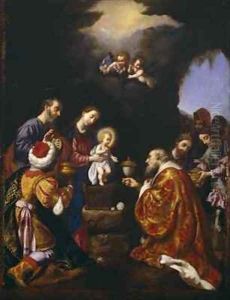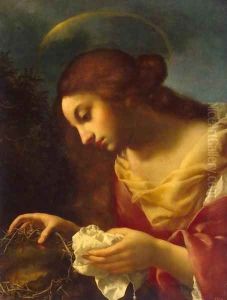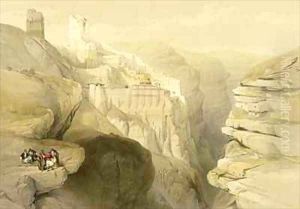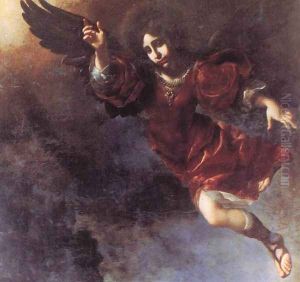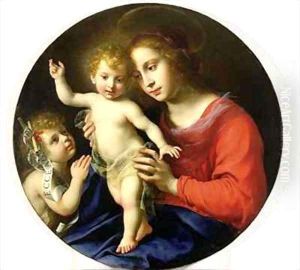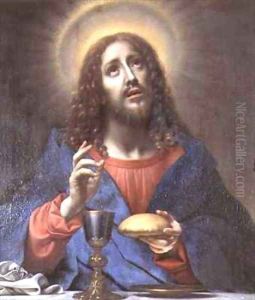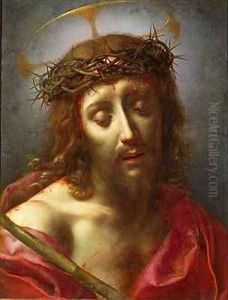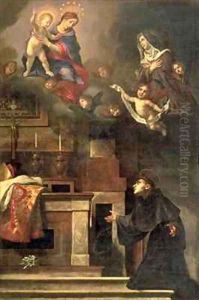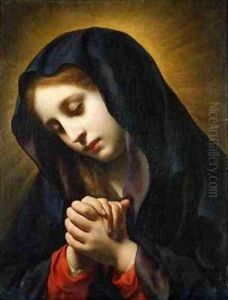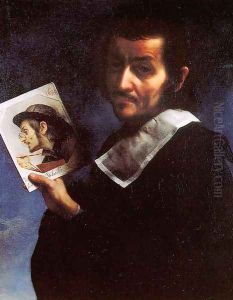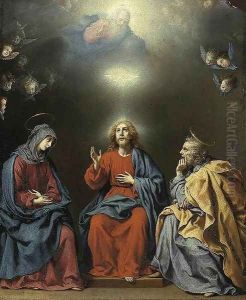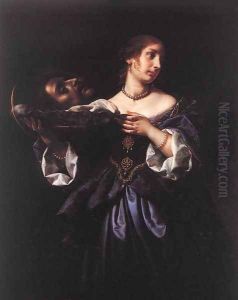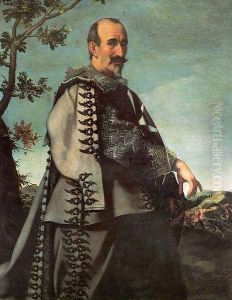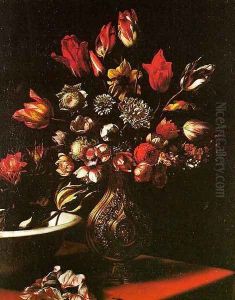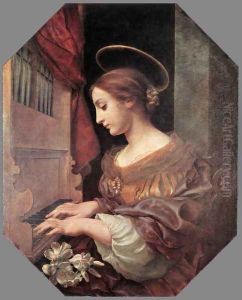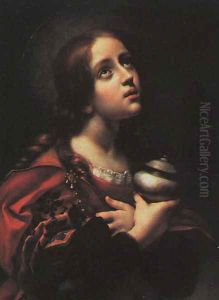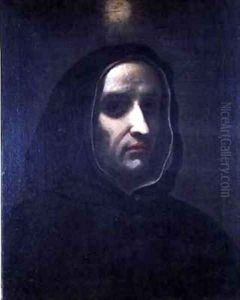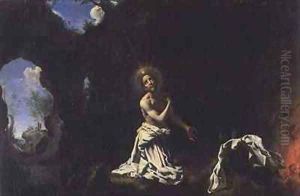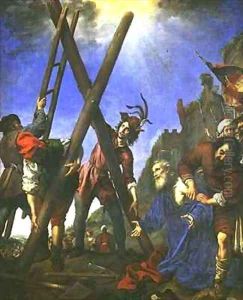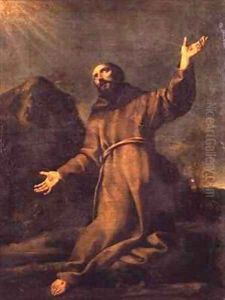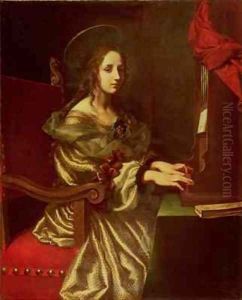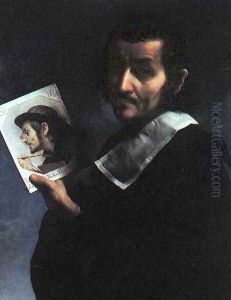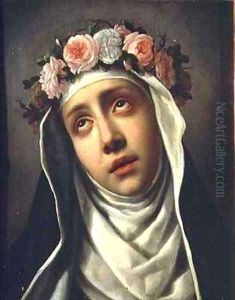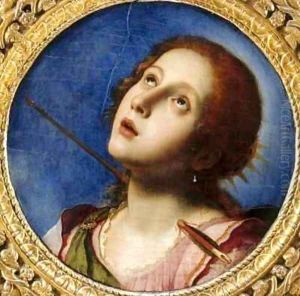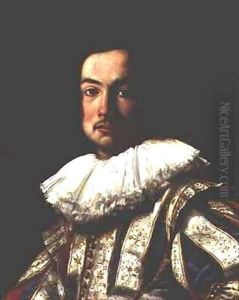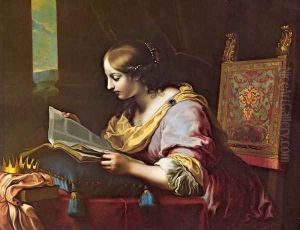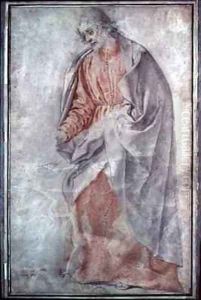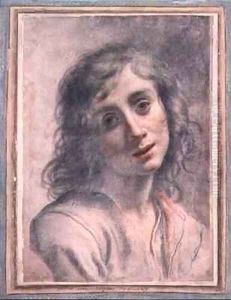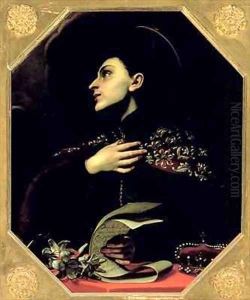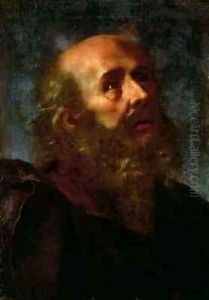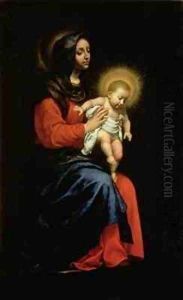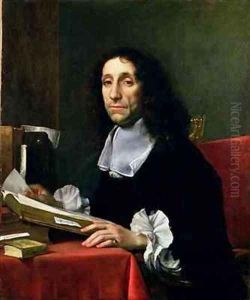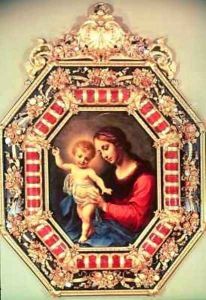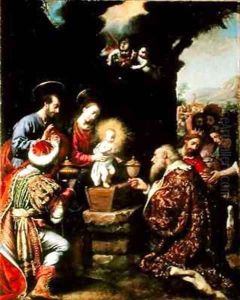Carlo Dolci Paintings
Carlo Dolci was an Italian painter, born in Florence on May 25, 1616. He was one of the most celebrated and popular artists of his time, especially known for his detailed and highly refined portraits and religious subjects that often featured an intense sentimentality and meticulous attention to detail. Dolci was born to a noble family and began his artistic training early in his life, showing a prodigious talent that would see him apprentice under a series of prominent artists including Jacopo Vignali.
Dolci's work is characterized by its serene and often tender emotional quality, luminous color palette, and an almost obsessive attention to detail. His paintings typically feature smooth, polished surfaces and a precise control of light, which he used to create a sense of spirituality and reverence in his religious subjects. He was particularly adept at painting the human figure and facial expressions, which he imbued with a gentle and serene spirituality.
Throughout his career, Dolci received numerous commissions from the Medici family and other patrons within Florence and beyond. His works were sought after by collectors and connoisseurs, and he enjoyed a very successful career, allowing him to maintain a large workshop with many students and assistants. Despite his success, Dolci is known to have had periods of financial difficulty, partly due to his meticulous working methods, which meant that he produced fewer paintings than many of his contemporaries.
Carlo Dolci's influence extended beyond his lifetime, with his works being collected and admired by art lovers across Europe. His style fell out of favor in the following centuries, as tastes shifted towards the dramatic and dynamic works of the Baroque and Rococo periods, and later the Neoclassicism. However, in recent years, there has been a renewed appreciation for the quiet beauty and technical mastery of Dolci's work.
Dolci's religious devotion was a significant aspect of his life and art. He was deeply spiritual and a member of the confraternity of the Gesù Pellegrino, which influenced the devotional character of his paintings. His artwork often reflects his personal piety, as seen in his numerous depictions of saints, the Virgin Mary, and Christ.
Carlo Dolci died in Florence on January 17, 1686. His death marked the end of an era in Florentine art, and while his style did not continue to be influential in the mainstream of Italian art, his works have continued to be appreciated for their beauty and emotional resonance. Today, Dolci's paintings can be found in major museums around the world, including the Uffizi Gallery in Florence, the Louvre in Paris, and the Metropolitan Museum of Art in New York.
